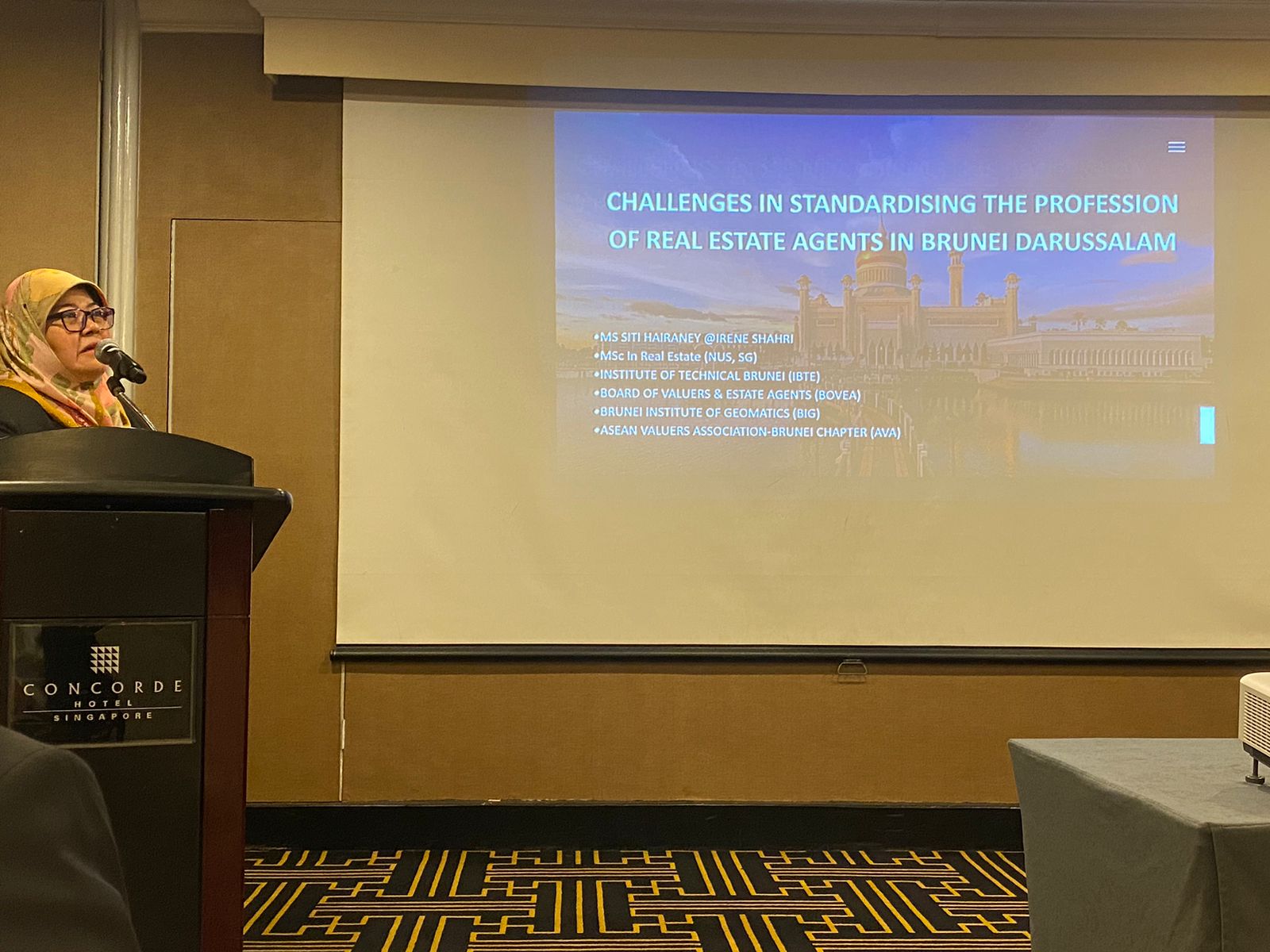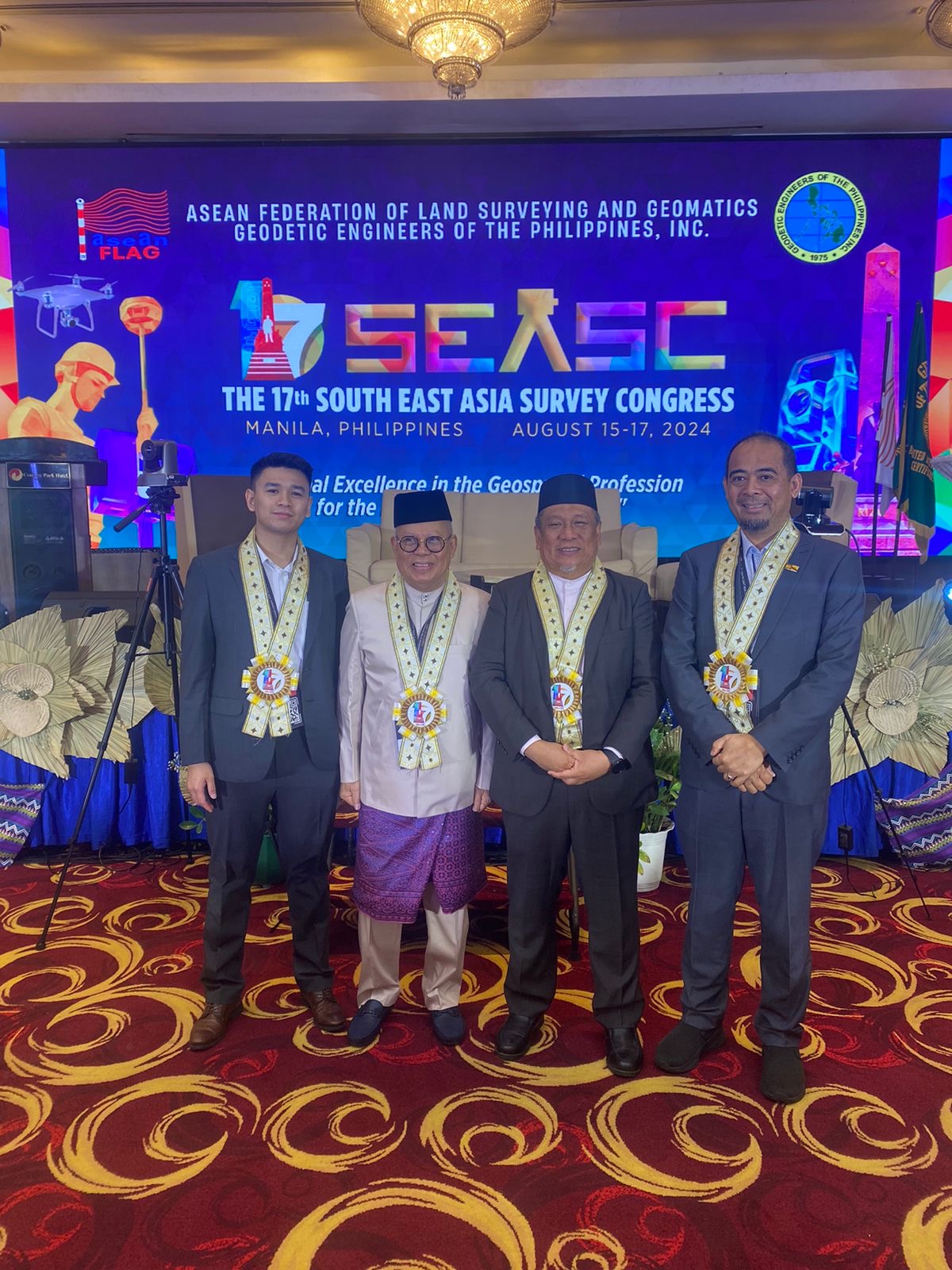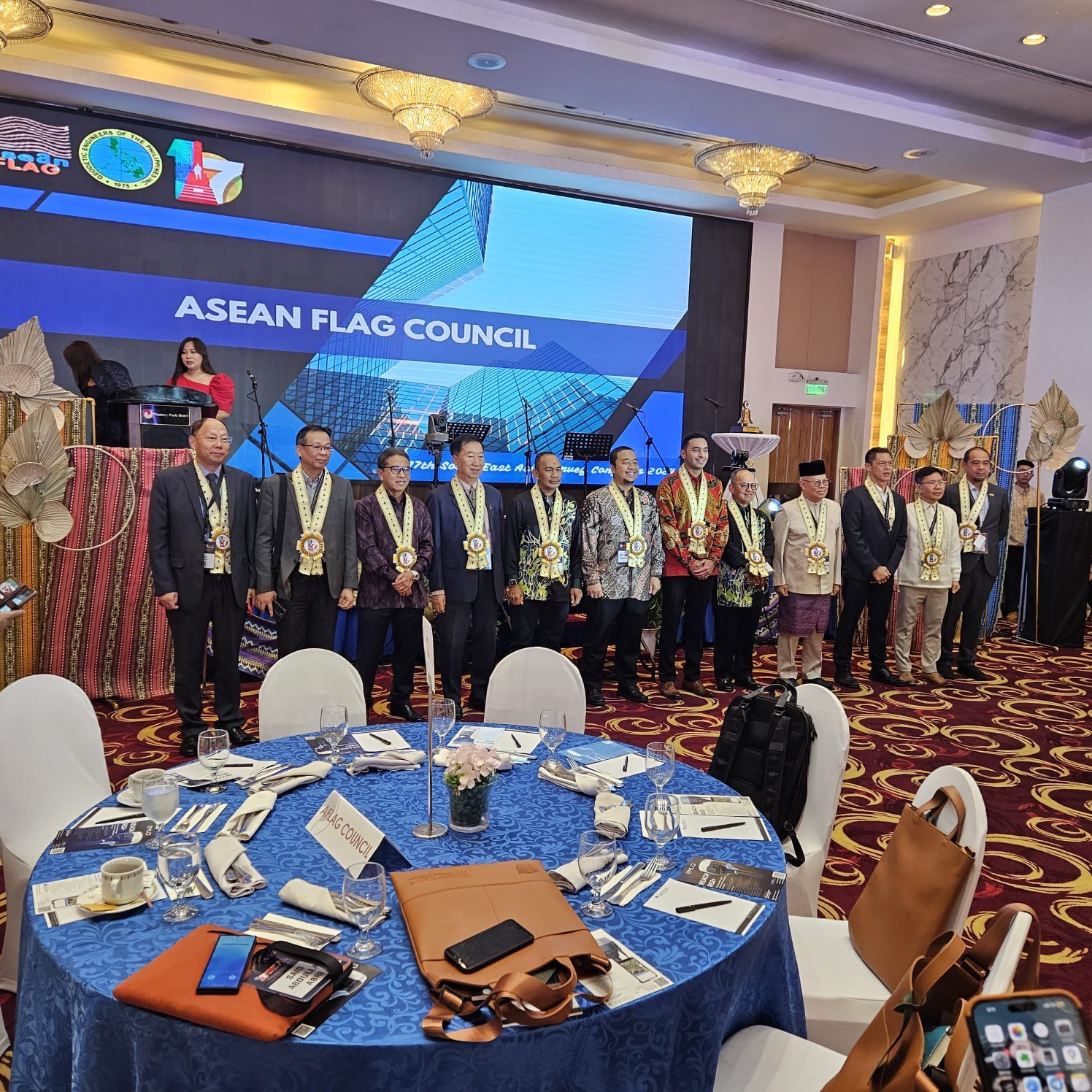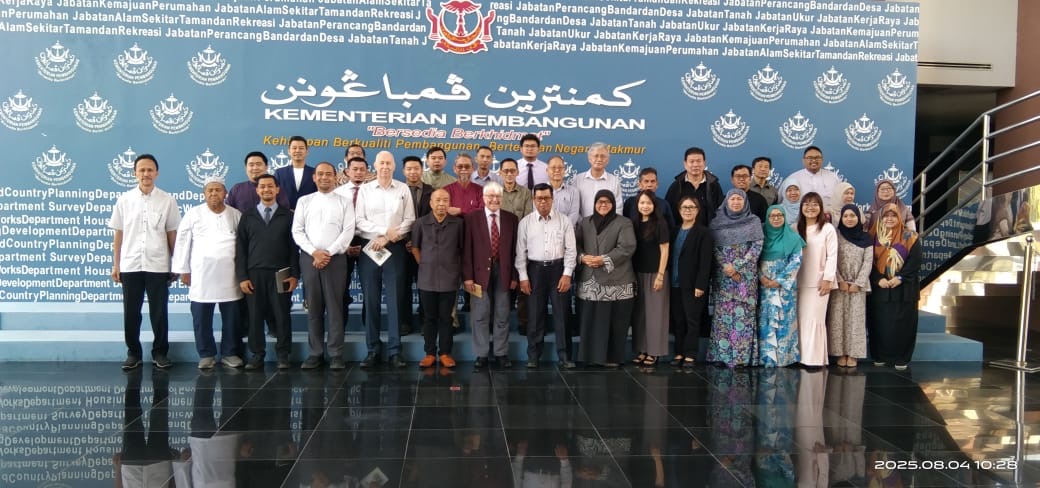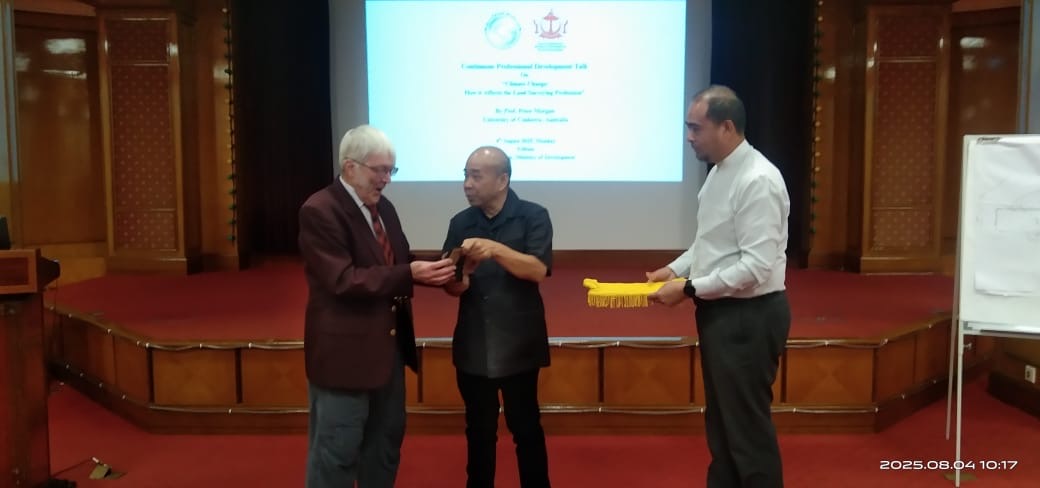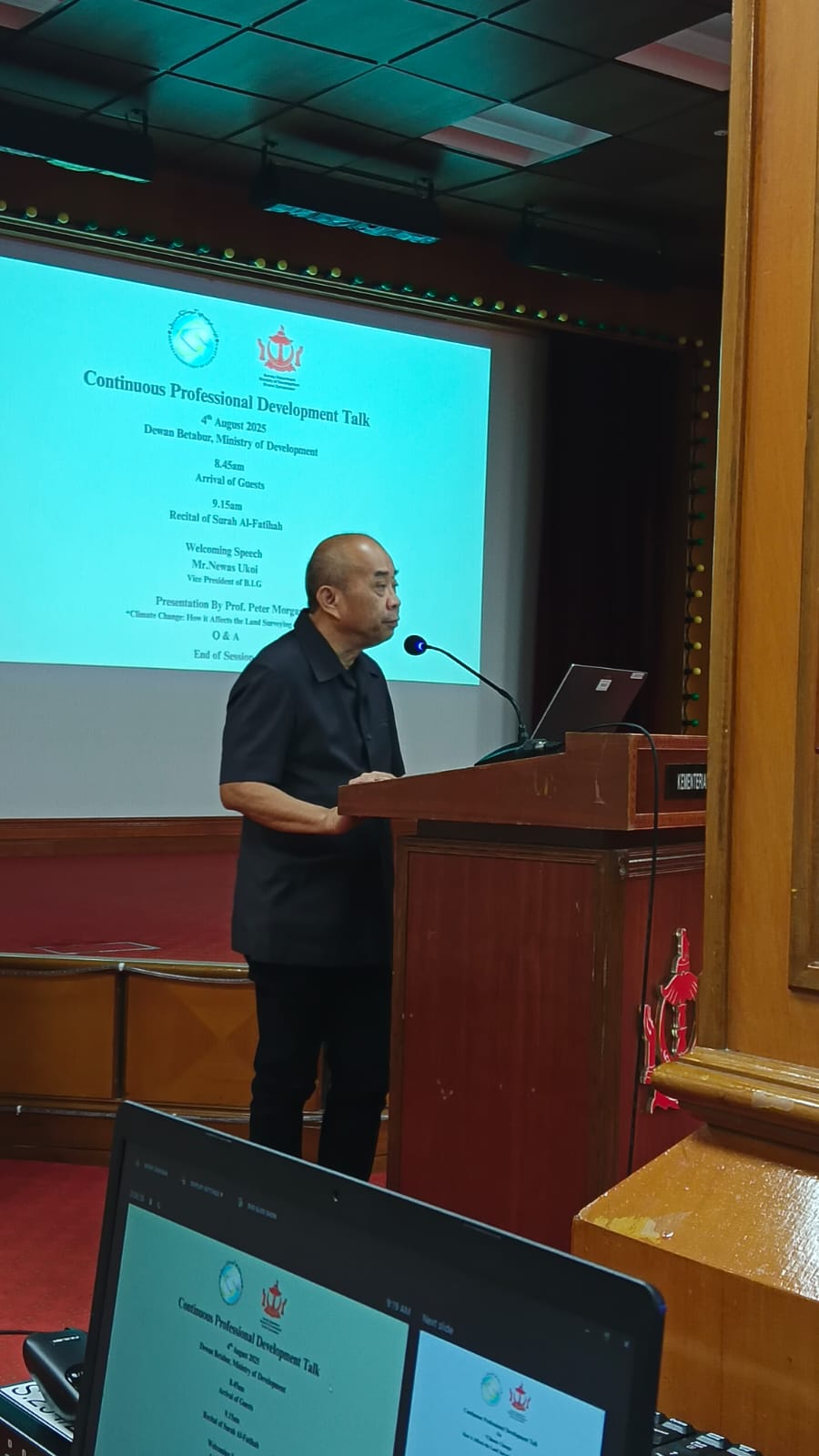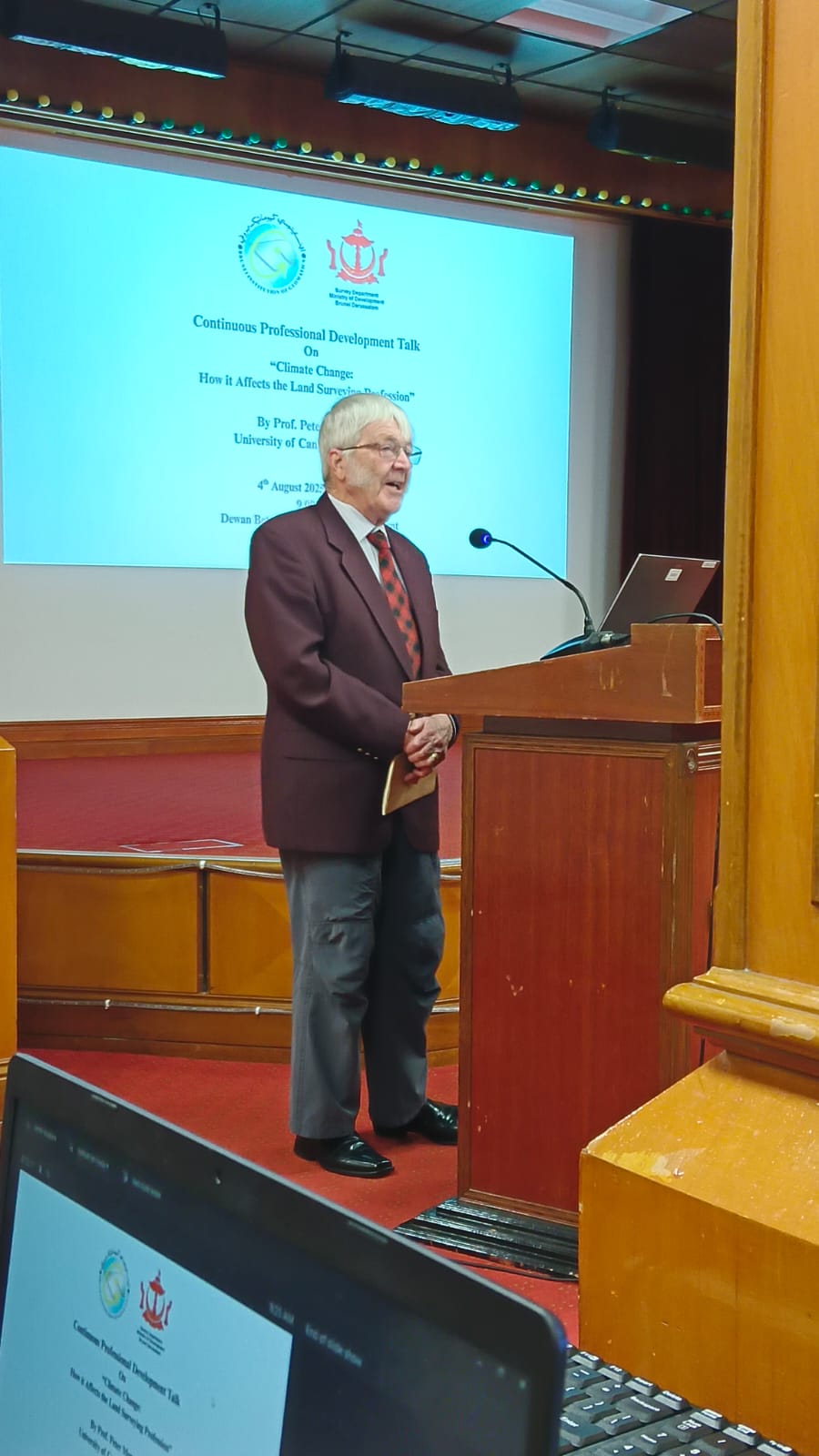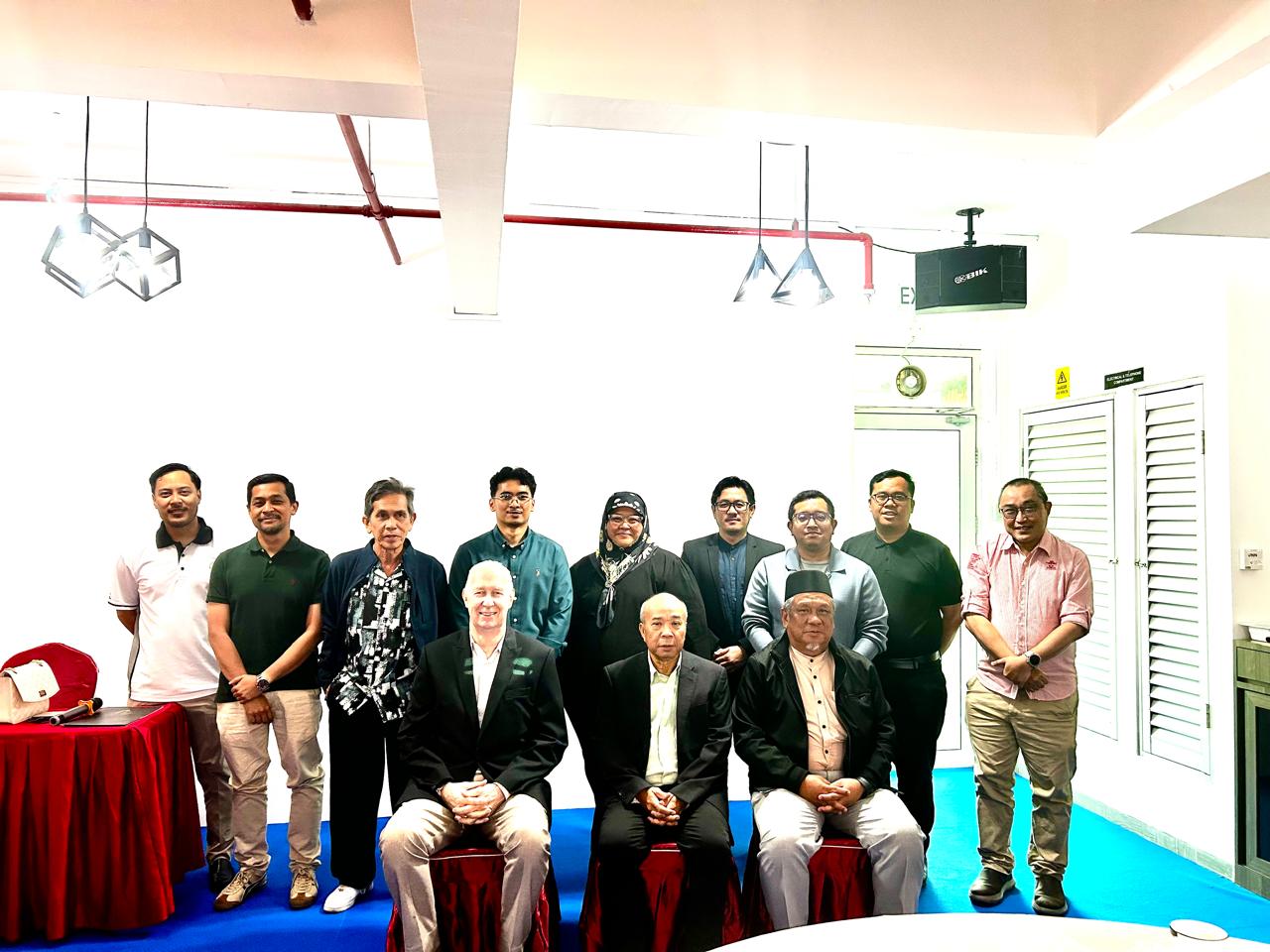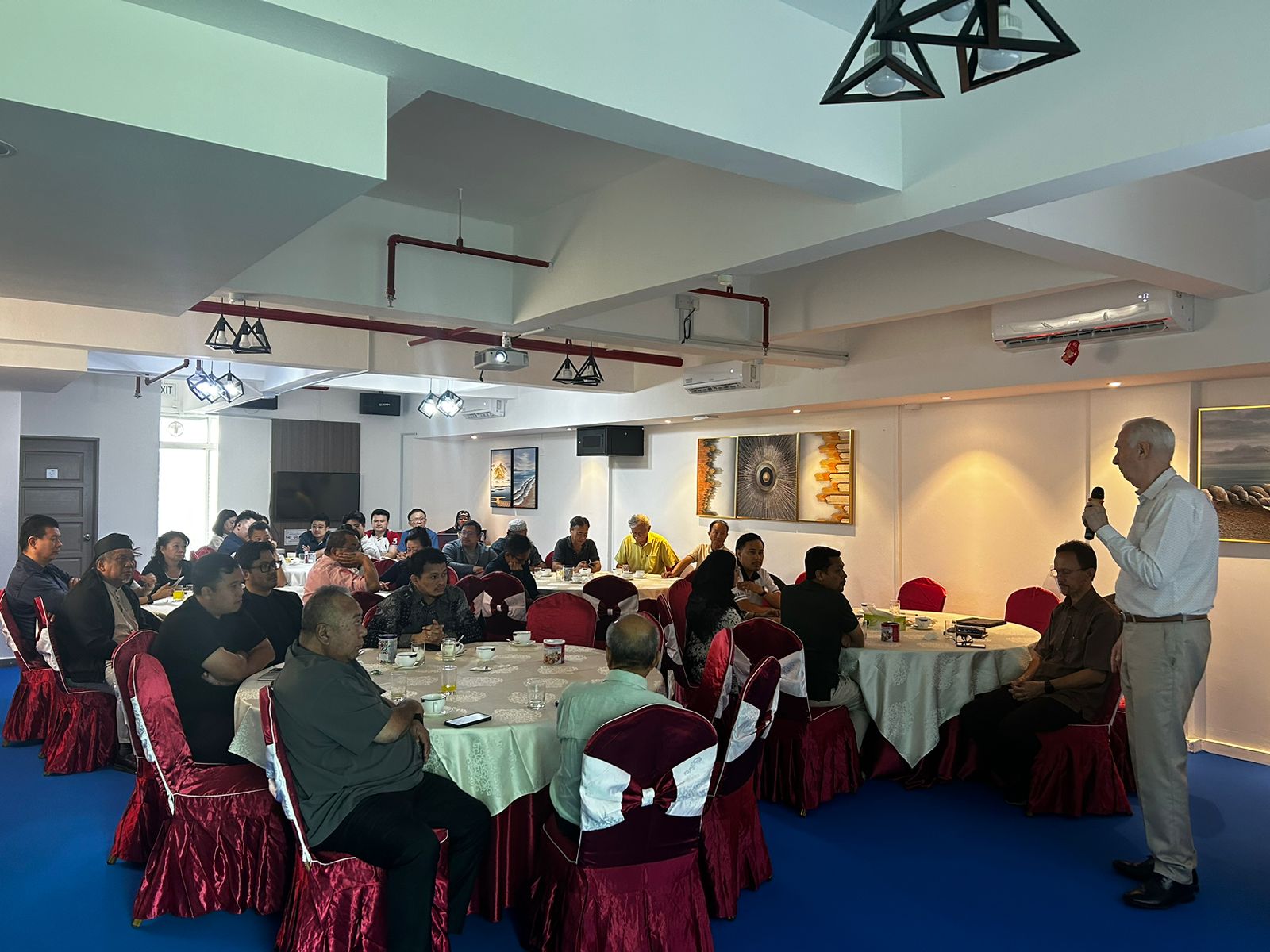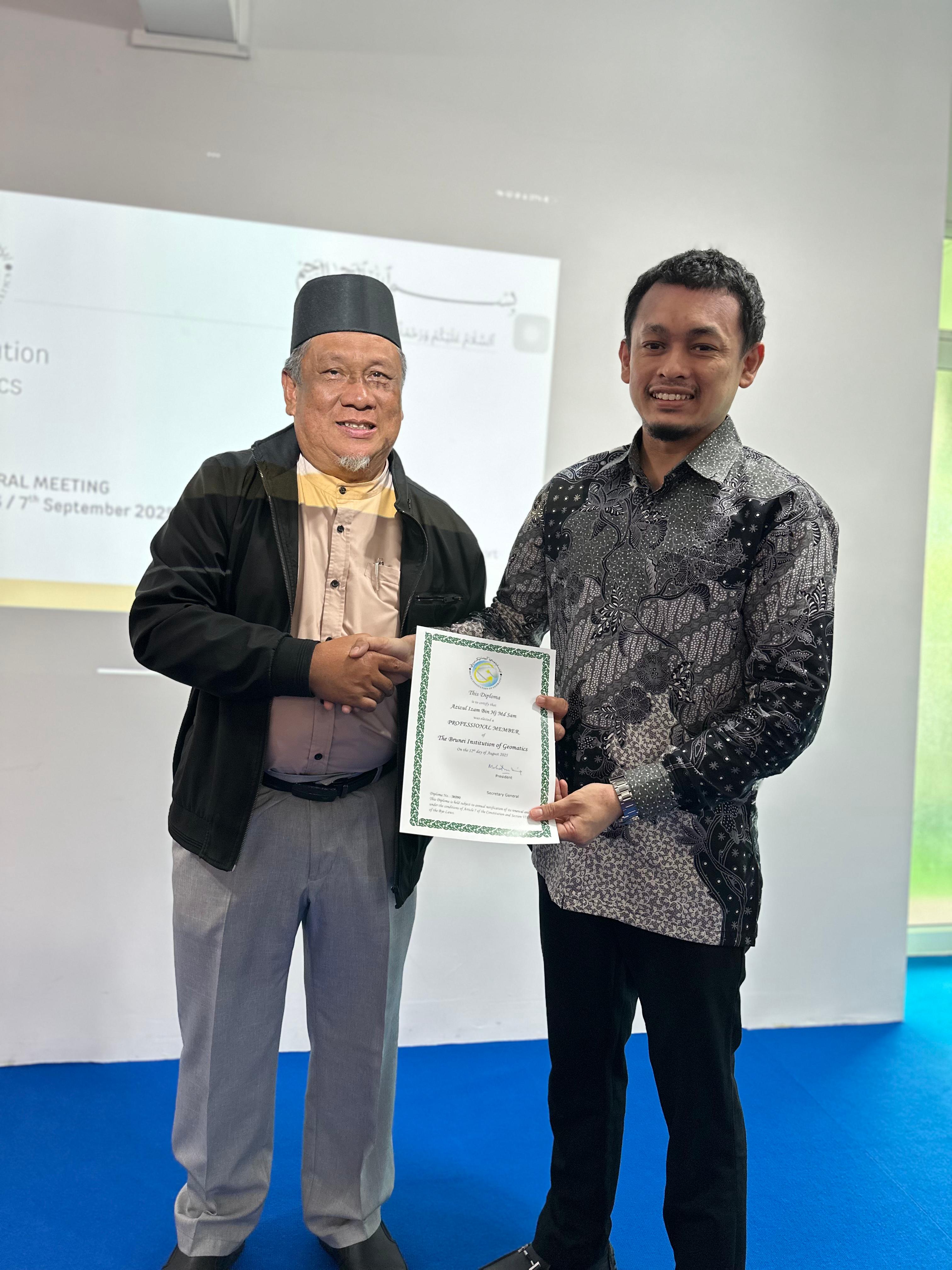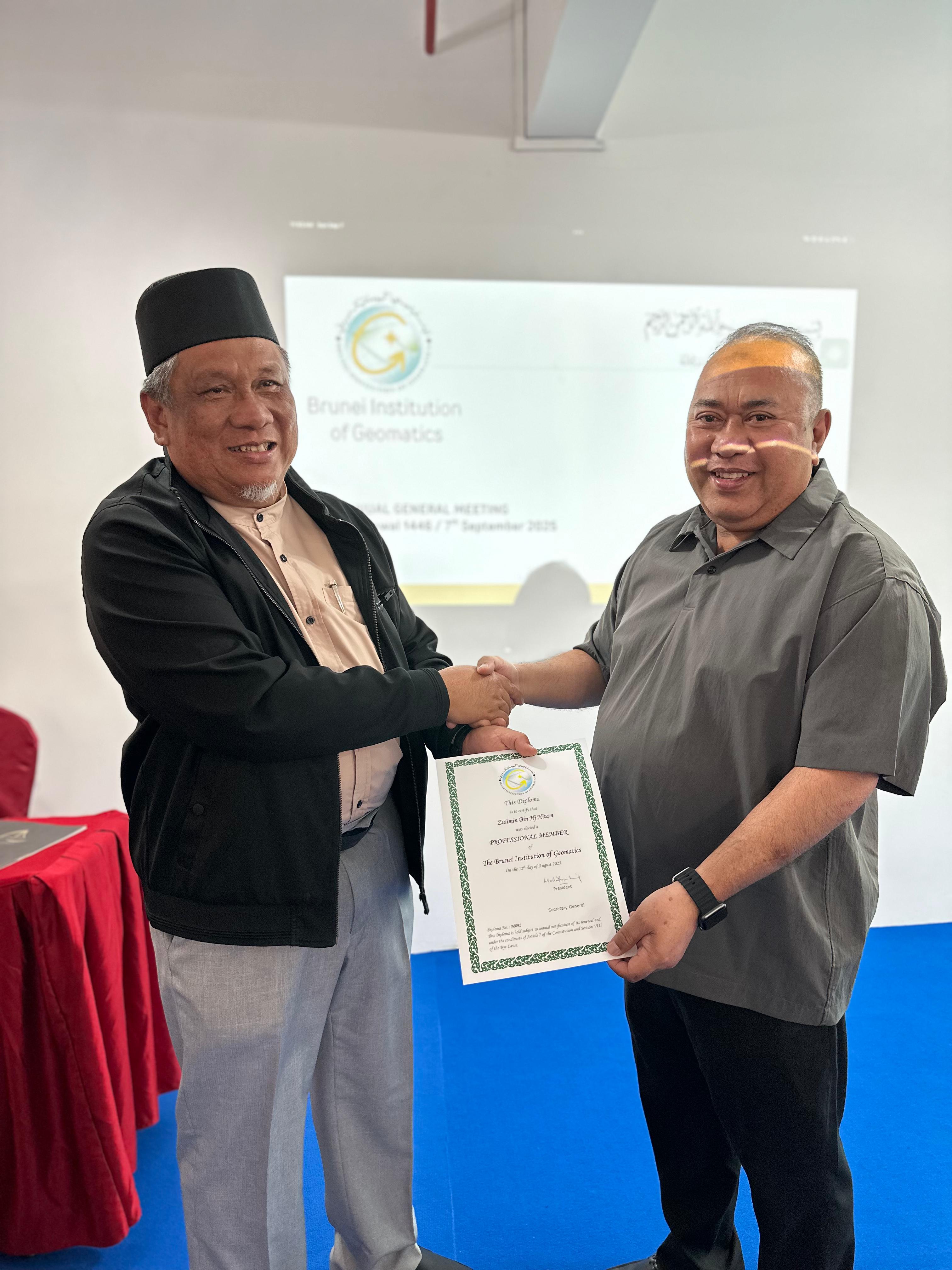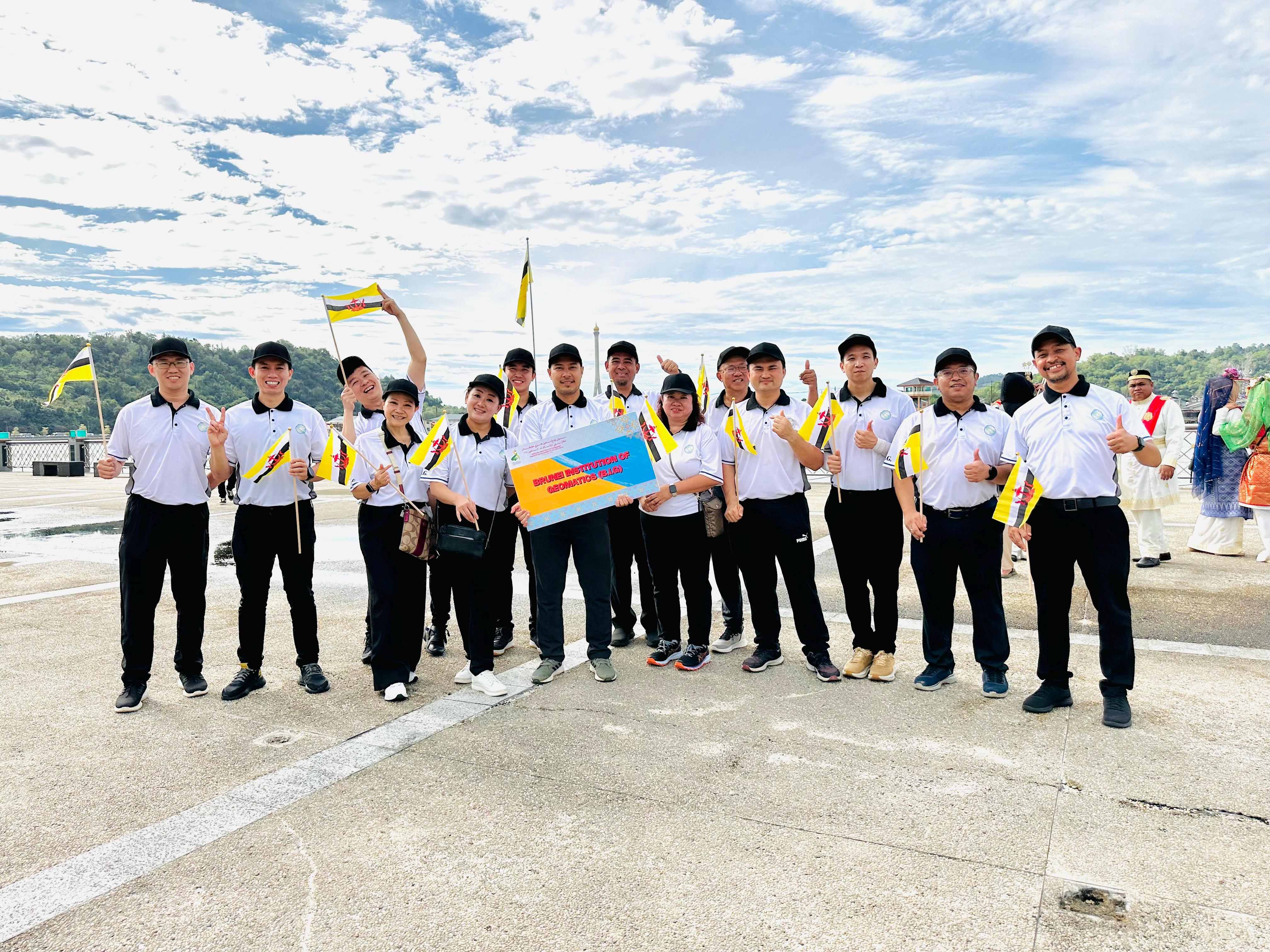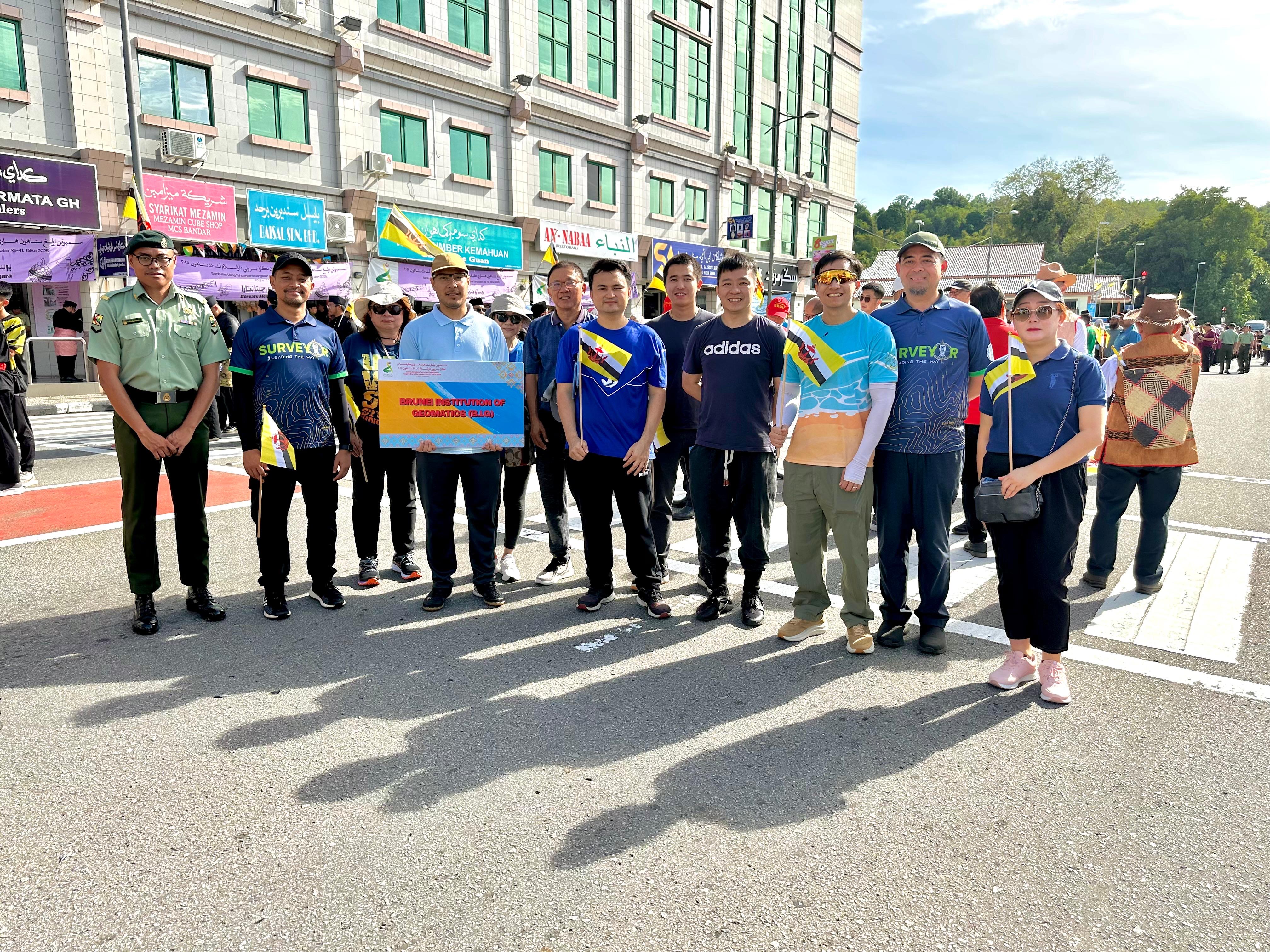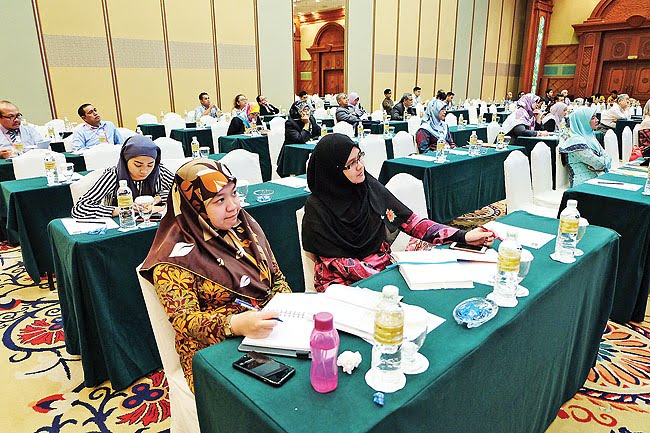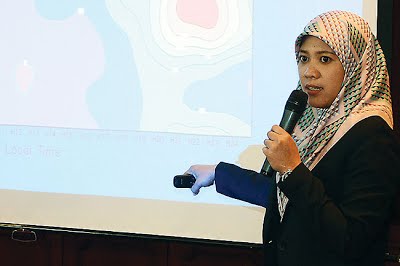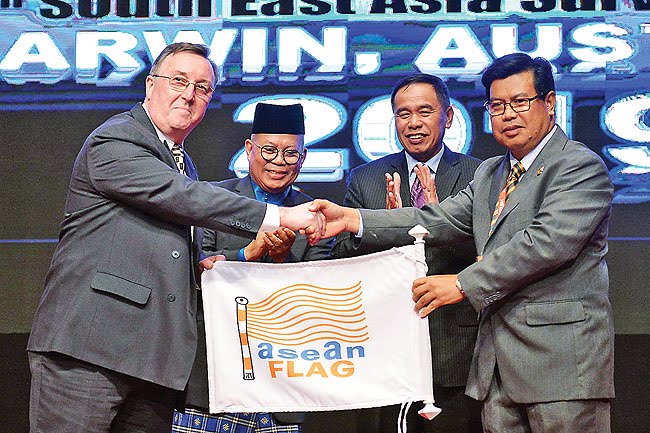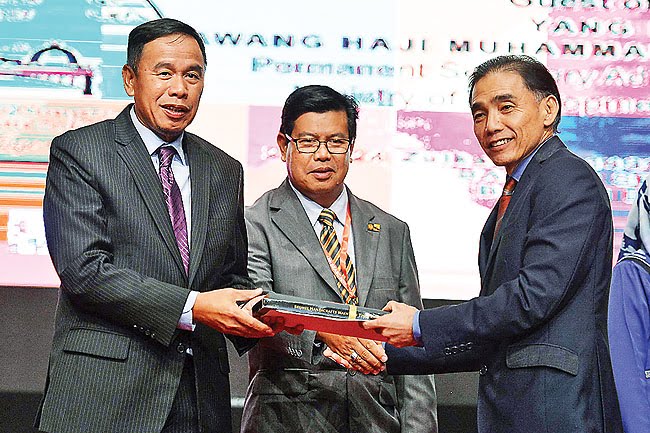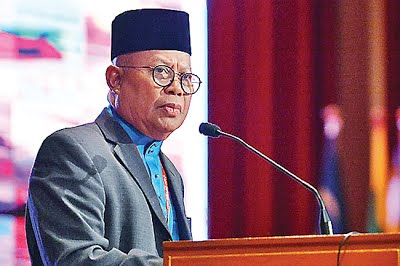Representing B.I.G. Attend congress 2024
SEASCS 18th
Members attended the 18th SEA Survey Congress that was held in Manila, Philippines happened on August 15 for two days. alongside with the President, Tn. Hj. Md Don and members Pg. Matusin, Tn. Malik and Tn. Hadi
Tn. Hadi presented his paper on Sustainable Water Village in Brunei.
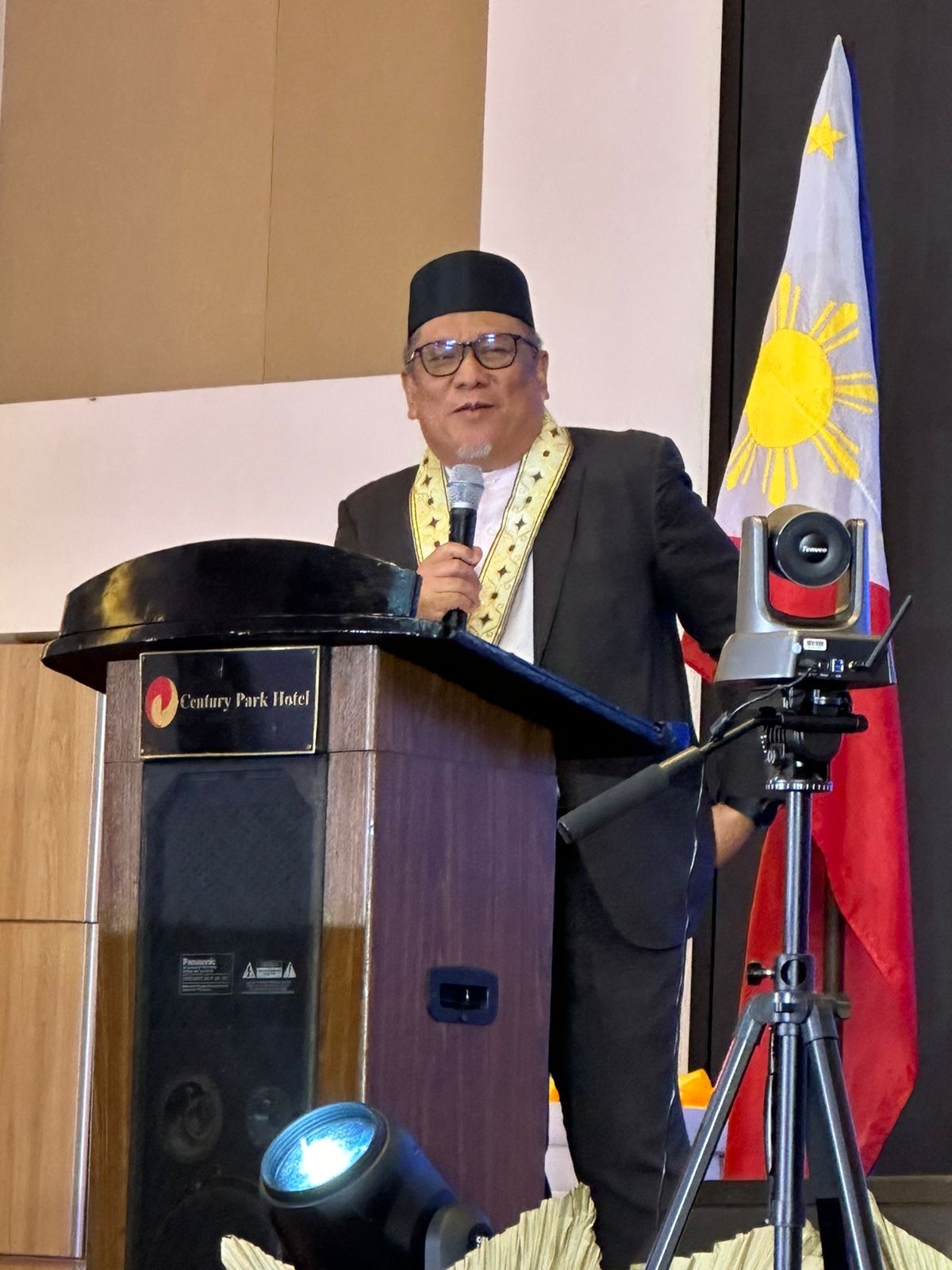
AVA Congress 26th
26th ASEAN Valuers Association (AVA) Congress took place in Concorde Hotel, Singapore for two days from 4 November to 6 November 2024.
Members Tn. Abd. Rahman, Nadthra and Hjh Hairaney attended the congress with other officers from other agencies.
Hjh Hairaney presented a topic “Challenges in Standardising the Profession of Real Estate Agents in Brunei”
It focuses on estate agents in Brunei market context on viability with the process and clients needs.

